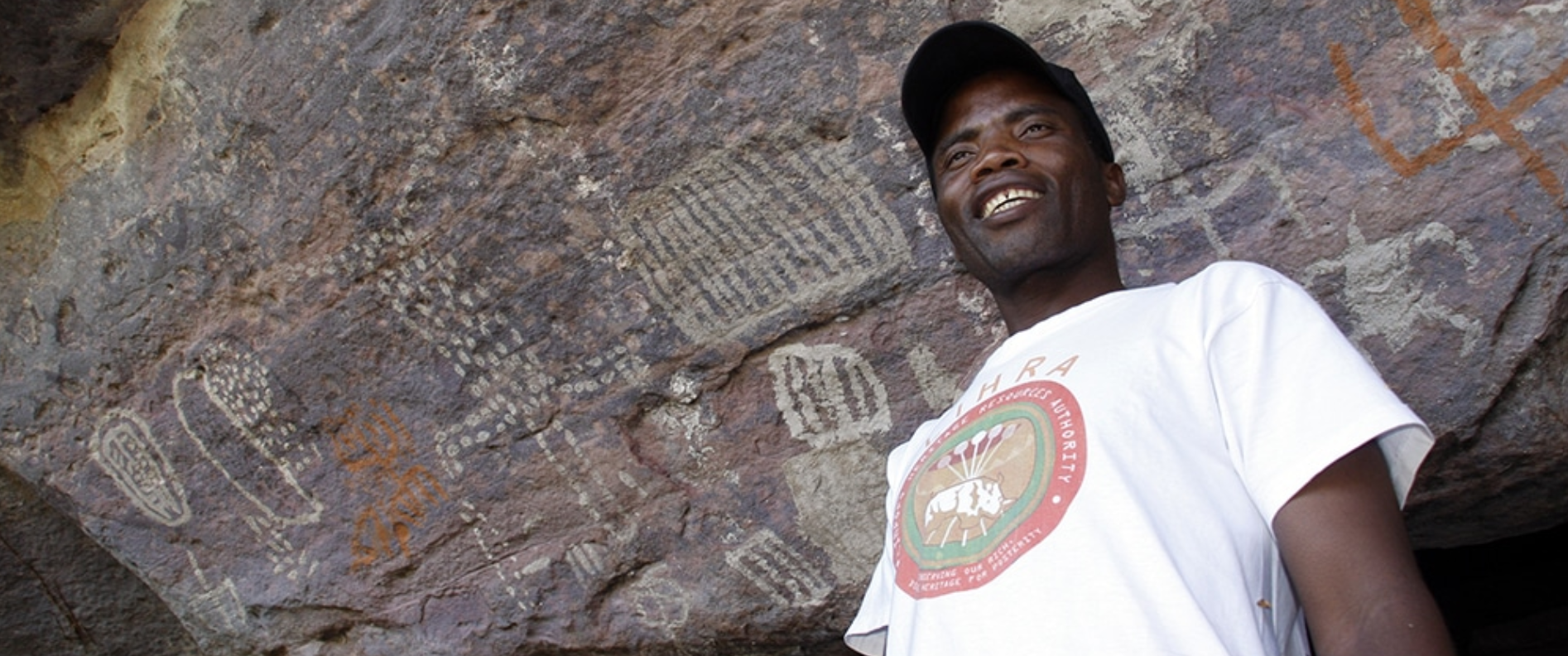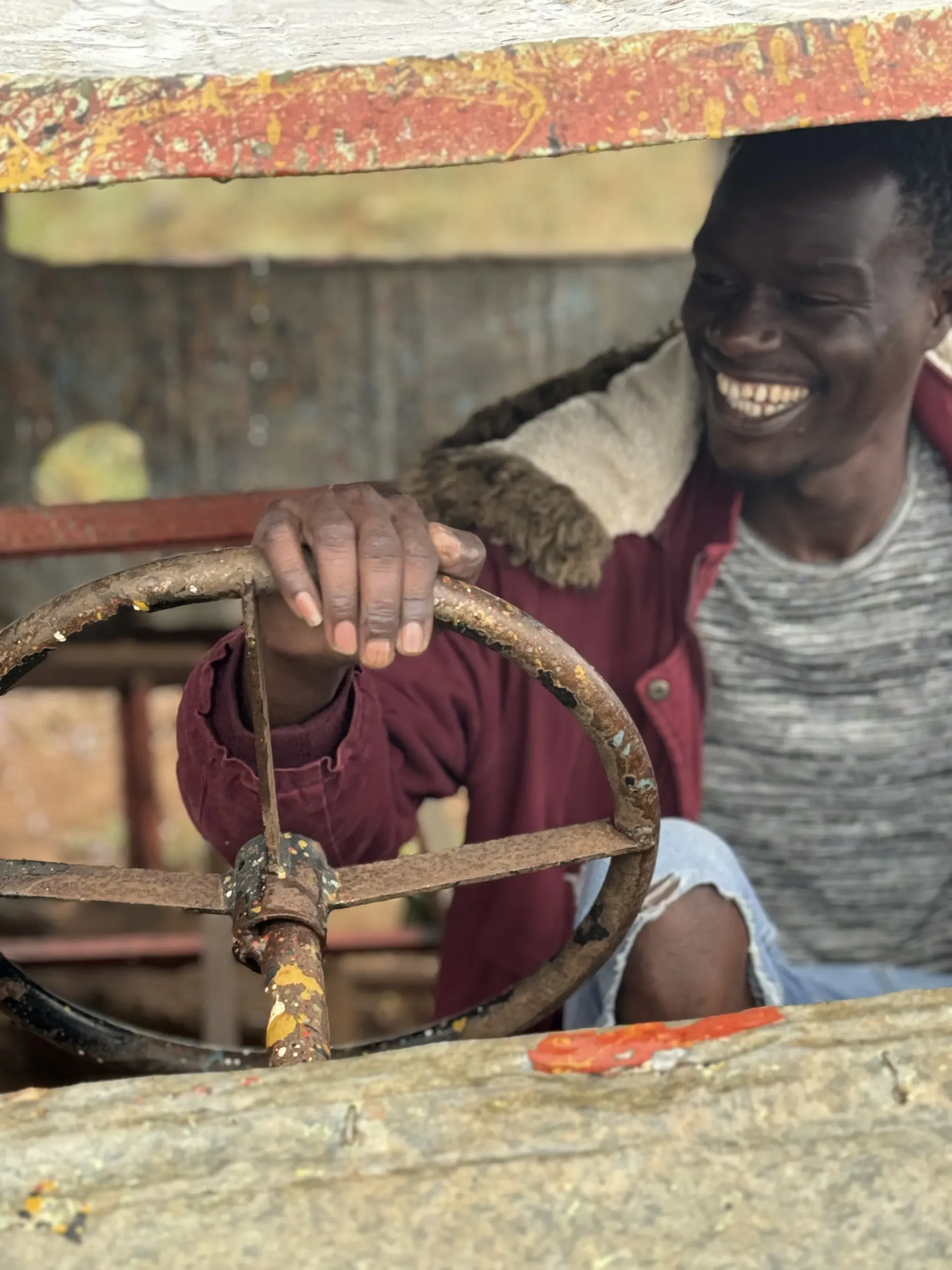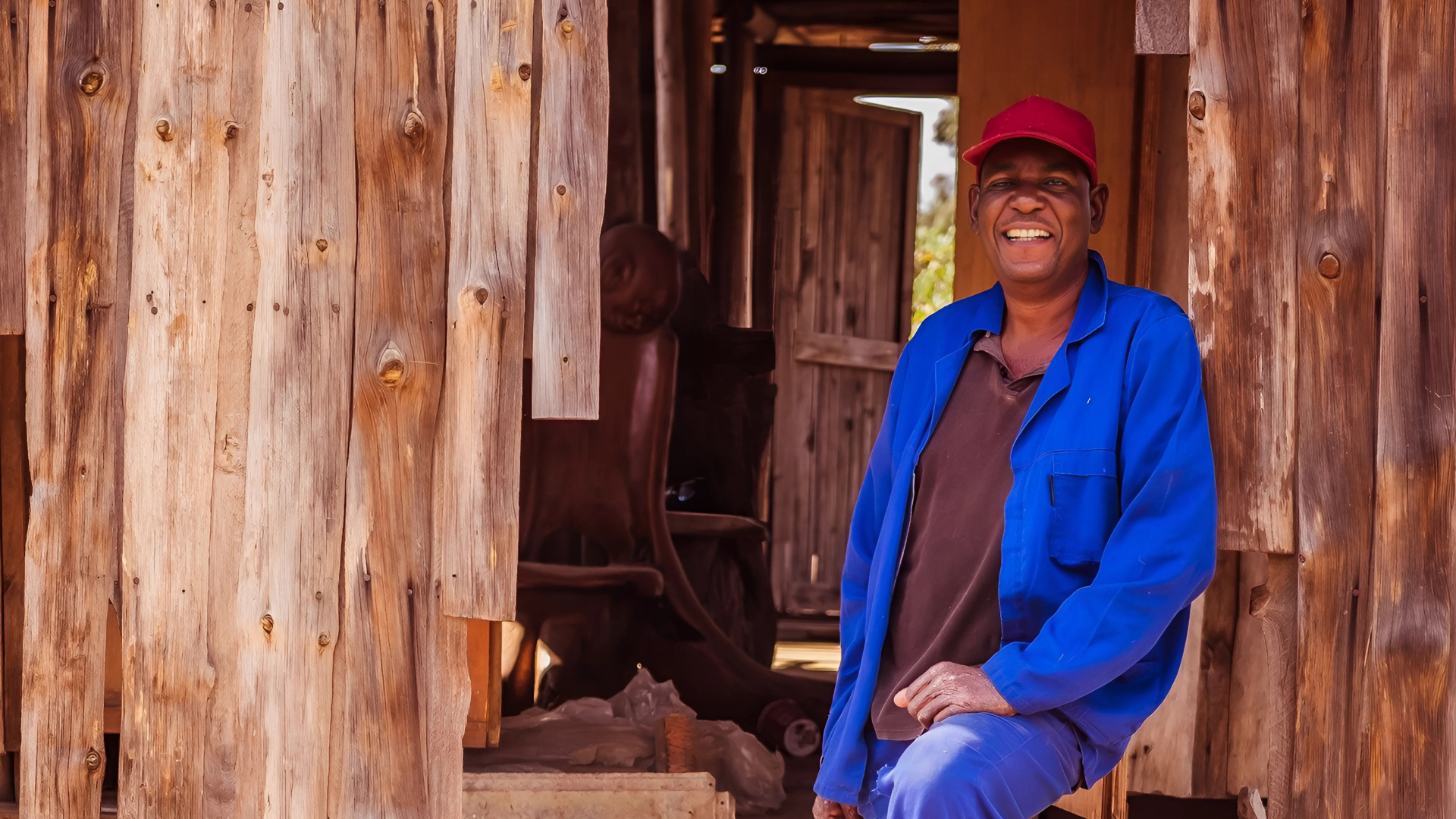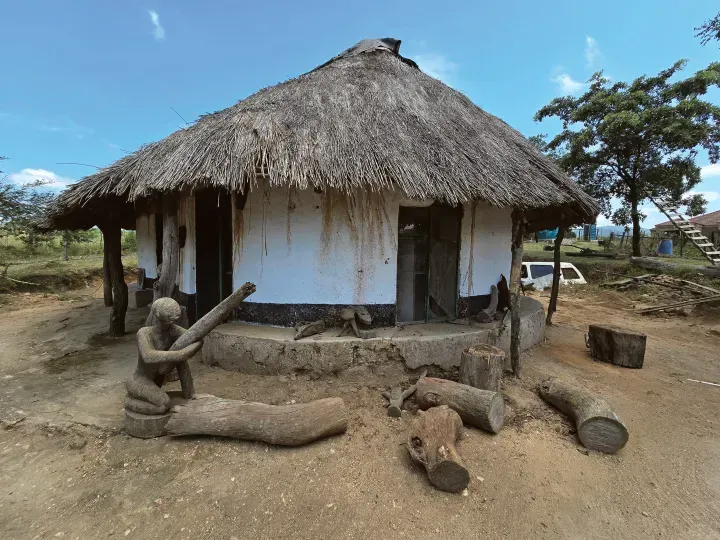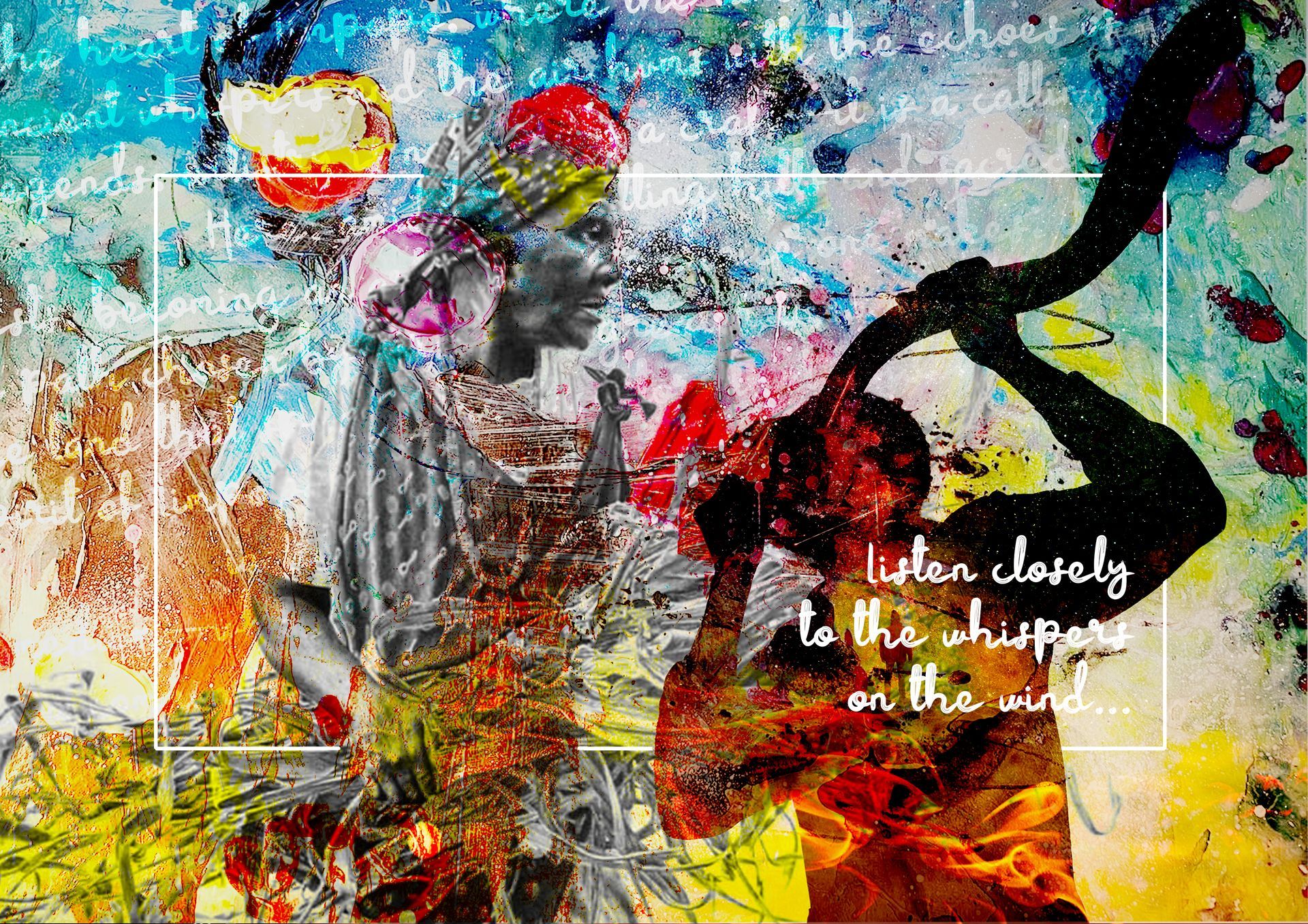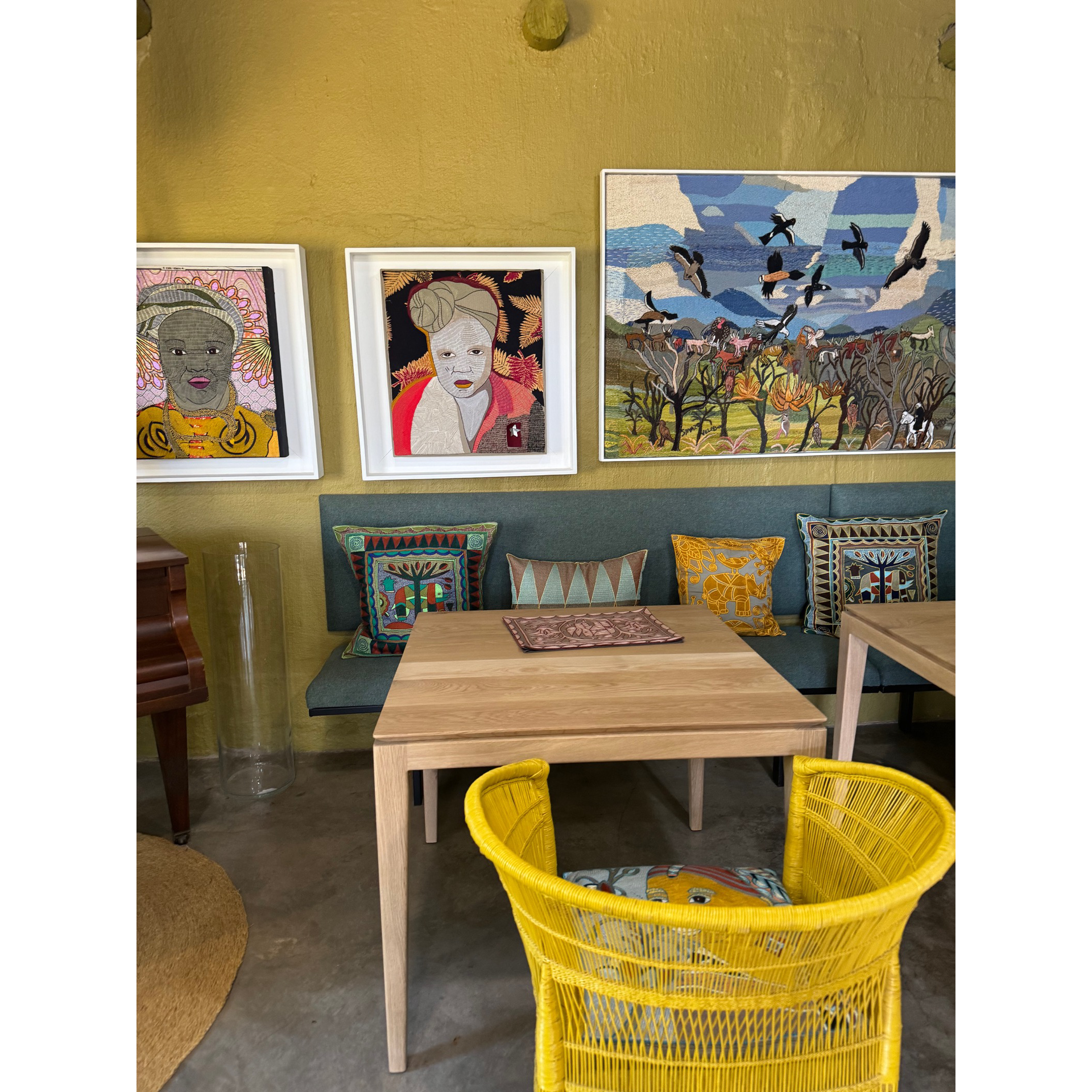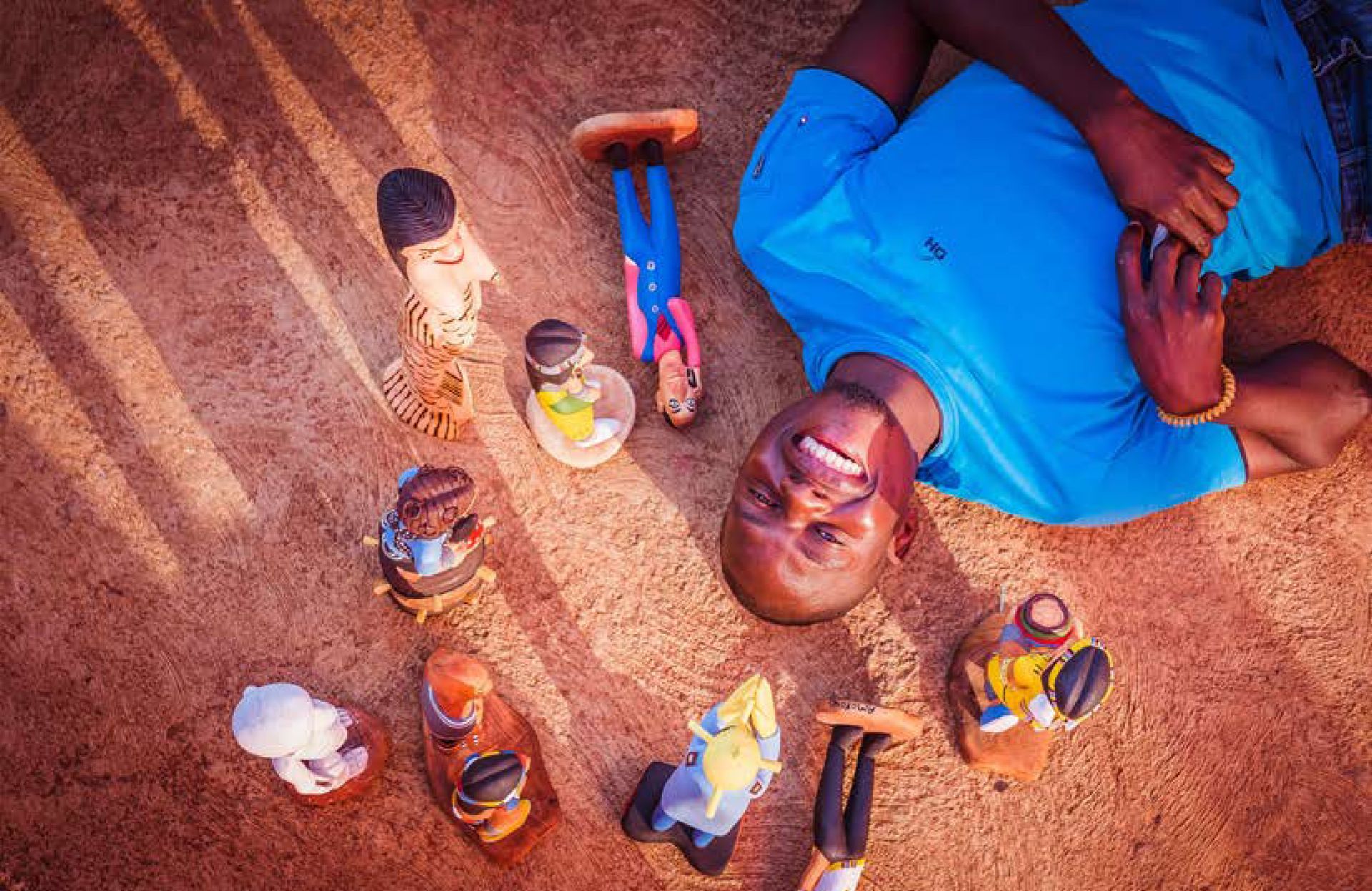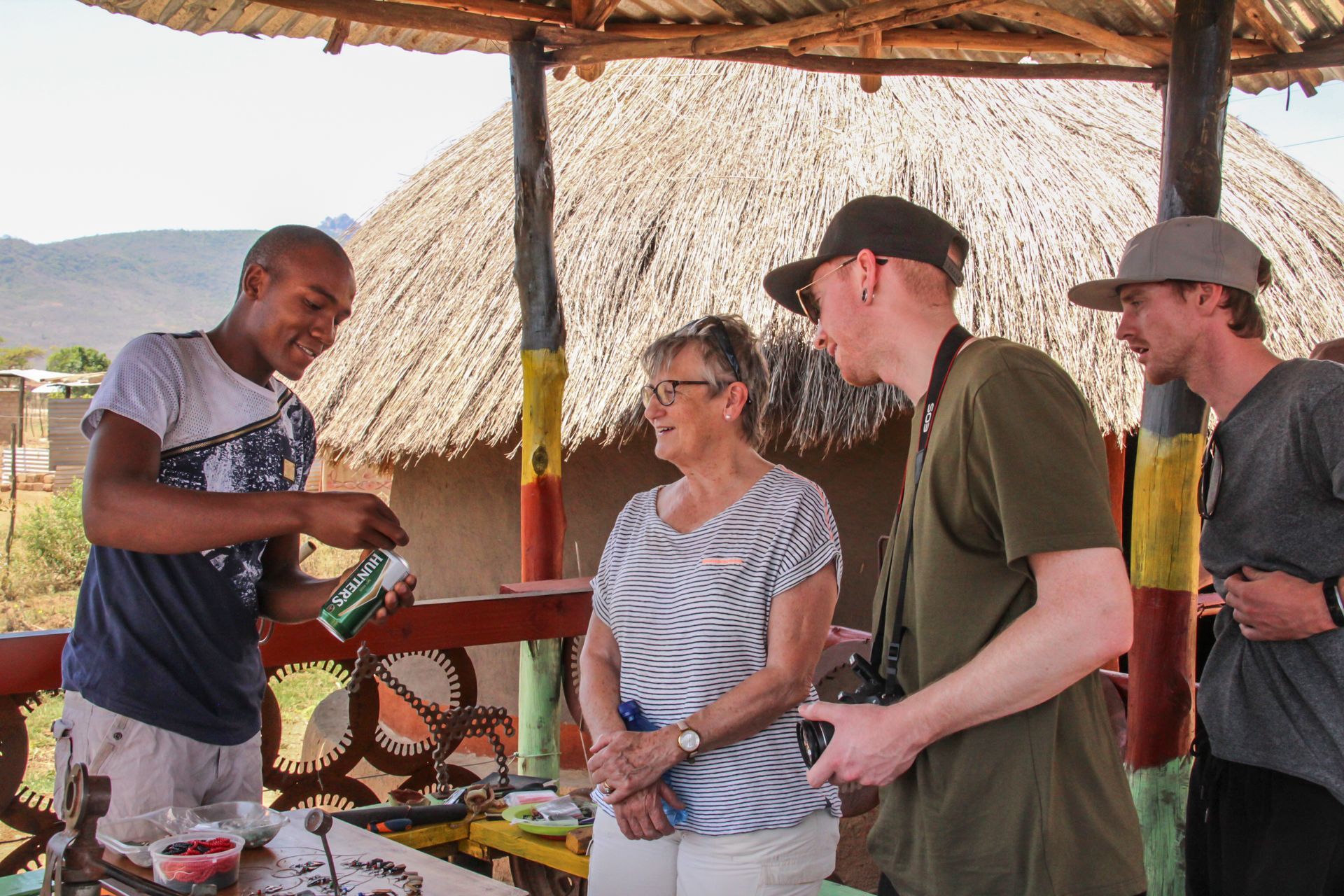Pilato Bulala
The Artist Who Makes Steel Sing
By Love Limpopo
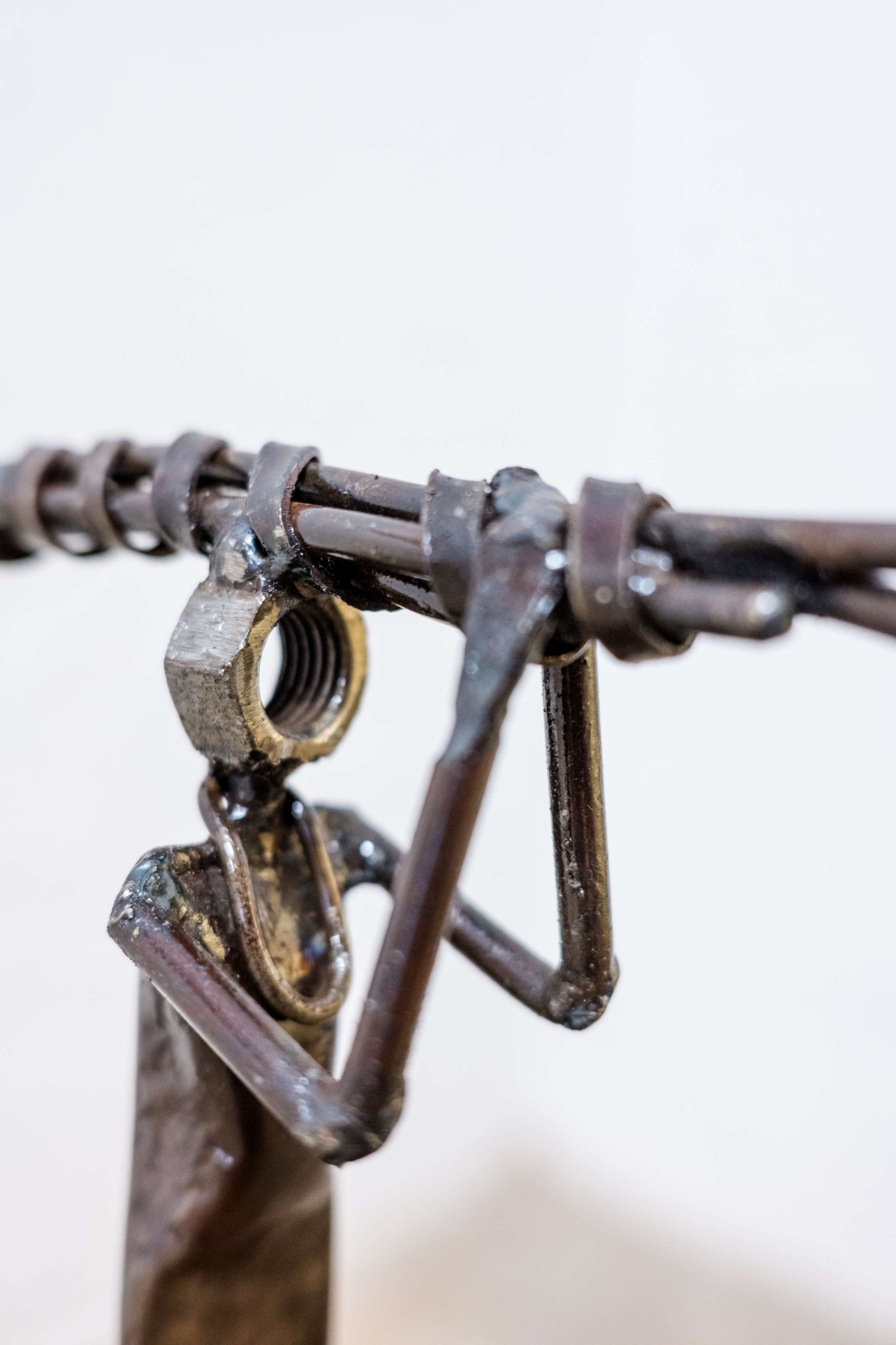
In the heart of Tshivhuyuni Village, near Elim, Pilato Bulala sees magic where others see scrap. A self-taught artist, he transforms discarded metal into whimsical "scraptures"—mystical birds from pistons, traditional women from crankshafts, and even purple polka-dot flying machines.
This self-taught sculptor doesn’t just recycle—he reinvents, transforming scrap into striking "scraptures" that blend creativity, culture, and craftsmanship.
A Playful Eye for Possibility
Pilato doesn’t just see scrap; he sees stories waiting to be told. A rusty wrench becomes the silhouette of a giraffe, bicycle chains morph into mystical fish, and pistons find new life as birds. His process is both intuitive and intentional, fueled by an unshakable curiosity and a deep respect for materials others might overlook.
"I take inspiration from what is happening in the world. When I see a piece of scrap, I think about what it could be… I turn it into art, a form of recycling," says Pilato.
The Art of Reinvention
Pilato’s creations range from fantastical flying machines to delicate jewellery, each piece carrying a distinct personality. His journey started with sheer determination—once hacking out windows in the VW car he built from scratch, with a panga—but has since evolved into a sophisticated craft, where whirring wheels and spinning spanners dance in his skilled hands. His ability to see beauty in the overlooked has turned scrap yards into treasure troves of inspiration.
Safari Sourceress Says…
“Pilato’s warm smile reflects his love for his craft. He takes time to research, ensuring every piece carries a unique story. Beyond his artistry, he’s a businessman with vision—his own card machine in hand, he welcomes visitors with professionalism. More than an artist, he’s a mentor, guiding young creatives in his village to develop their own brands and refine their skills.”
Visit Pilato on the Ribola Art Route
For an immersive experience, visit Pilato’s home studio with Love Limpopo. Walk through his creative space, watch him work, and witness the magic of transformation firsthand. It’s more than an art stop—it’s a journey into imagination, reinvention and the joy of creation.
Discover Pilato Bulala’s work on his Facebook page:
Pilato Bulala Scrap Metal Art.
Photos: @Love Limpopo
What are "scraptures" and how did Pilato Bulala come to create them?
"Scraptures" is a term coined by Pilato Bulala, combining "scrap" and "sculptures." It refers to his unique art form where he creates sculptures from recycled materials, particularly scrap metal. Bulala's journey began in his childhood in rural South Africa, where he, like many young boys, made toy cars out of wire and discarded metal.
As he grew older, his creations became more elaborate, eventually leading to full-sized "scraptures" that tell complex stories about South African history and culture. This innovative approach not only showcases Bulala's creativity but also aligns with the global trend towards sustainable art and design, addressing pressing ecological concerns through artistic expression.
How has Pilato Bulala's personal experience influenced his art?
Pilato Bulala's art is deeply influenced by his personal experiences and the challenges he has faced.
In 2010, Bulala suffered a serious injury while collecting firewood, resulting in blindness in one eye. However, this setback didn't deter him from pursuing his art. Instead, it seems to have strengthened his resolve, as evidenced by the words "Never Give Up" painted on a miniature bakkie (small truck) he built.
This resilience is reflected in his art, which often depicts scenes of everyday life in rural South Africa and important historical moments, showcasing the strength and spirit of the South African people. His work serves as a powerful testament to overcoming adversity and finding beauty in the discarded.
What themes does Pilato Bulala explore in his "scraptures"?
Pilato Bulala's "scraptures" explore a wide range of themes, primarily focusing on South African history, culture, and daily life in rural areas.
His works often depict:
Historical events: Such as a scrapture portraying the iconic photograph of Hector Pieterson during the 1976 Soweto Uprisings.
Democratic milestones: Like a piece showing Nelson Mandela casting a vote, celebrating 25 years of democracy in South Africa.
Traditional practices: Including a scrapture of a woman making traditional African beer.
Rural life: Exemplified by a favorite piece showing a woman collecting cow dung for polishing floors.
More recently, Bulala has also been inspired by current events, creating artworks that express the societal impacts of the COVID-19 pandemic. Through these themes, Bulala's art serves as a bridge between South Africa's rich cultural heritage and its contemporary realities.
How can people view or purchase Pilato Bulala's art?
There are several ways to view and purchase Pilato Bulala's art:
Visit his home-gallery: Bulala's home in northern Limpopo serves as a gallery where he displays his work for visitors. It includes a small cement house, a thatched hut studio, and an outdoor display area.
Ribola Art Route: Bulala is part of the Ribola Art Route, where visitors can explore his "scrapture" yard, offering a unique opportunity to see his work in its original context. Contact Love Limpopo for an immersive experience with Pilato, creating your own Scrapture.
Social media: Bulala has been actively using social media to market his art, making it more accessible to a wider audience.
Direct purchase: Visitors can buy his art directly, with options ranging from large sculptures to smaller keepsakes like earrings carved from tin cans. Bulala has a card machine to facilitate sales, making purchases more convenient.
For those interested in buying a scrapture, it's advisable to check current prices and availability, as his work is in demand and prices may vary.
What is the significance of Pilato Bulala's work in the context of South African art and culture?
Pilato Bulala's work holds significant importance in the context of South African art and culture for several reasons:
Cultural preservation: His "scraptures" serve as a visual record of South African traditions, historical events, and rural life, helping to preserve and transmit cultural memory.
Environmental consciousness: By creating art from recycled materials, Bulala contributes to the growing global conversation about sustainability in art and design.
Rural art development: As a successful rural artist, Bulala's work highlights the potential for artistic expression and economic development in rural areas of South Africa.
Resilience and creativity: His journey from a child in rural Limpopo to a recognised artist, especially after losing sight in one eye, embodies the resilience and creative spirit of South African artists
Bridging traditions and modernity: Bulala's art uniquely blends traditional themes with contemporary artistic techniques, creating a dialogue between South Africa's past and present
